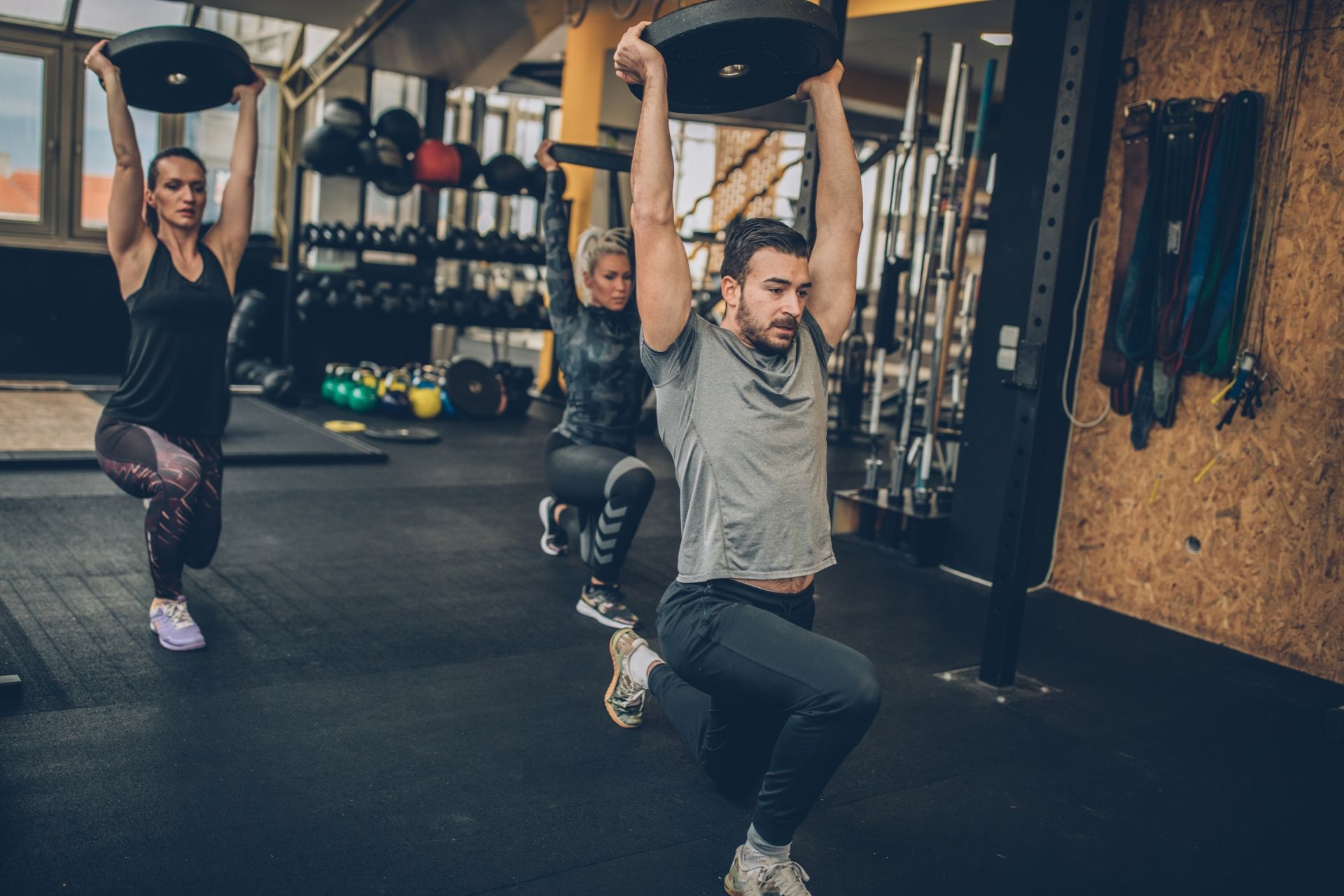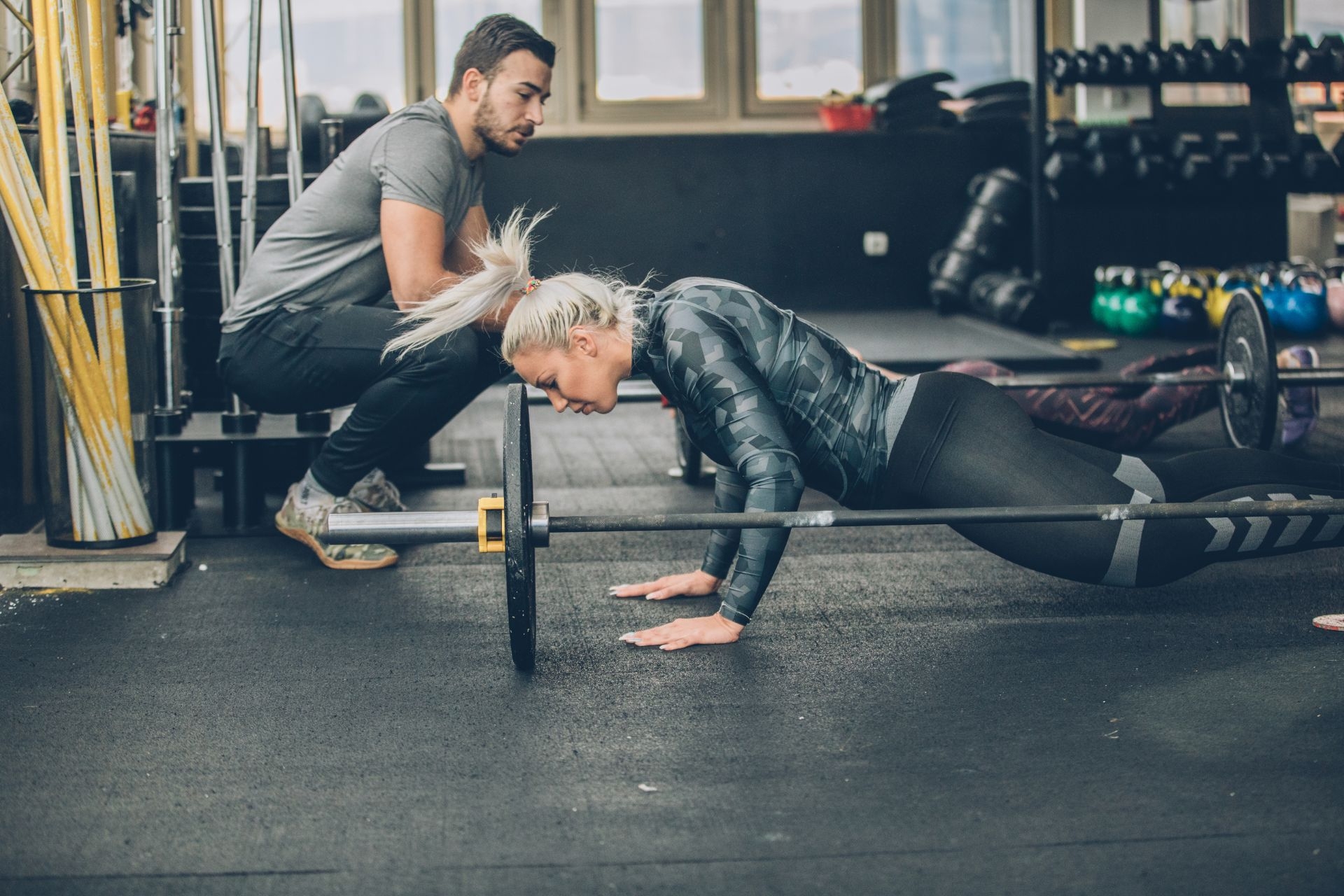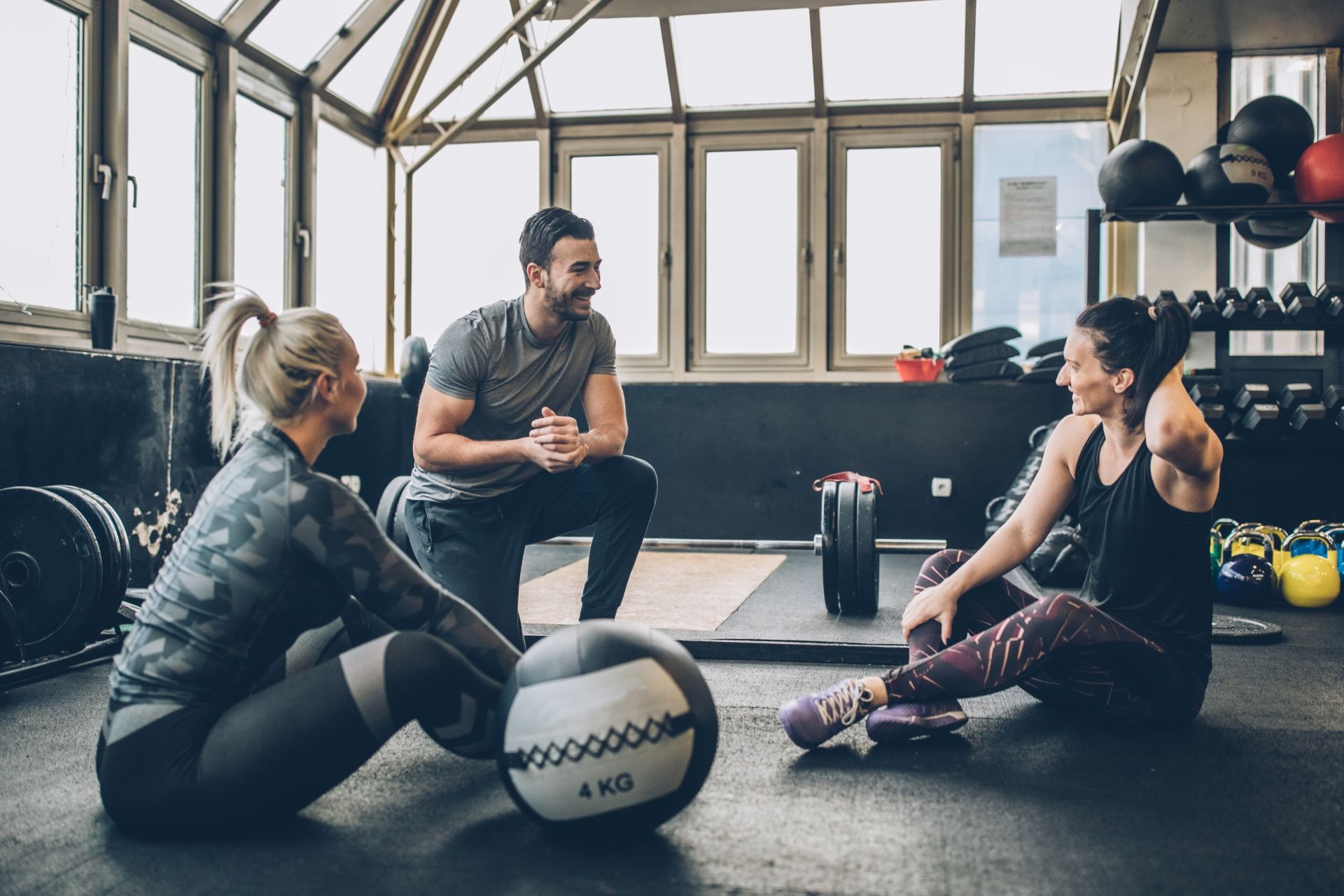Isometric Contraction Training
How does isometric contraction training differ from isotonic contraction training?
Isometric contraction training differs from isotonic contraction training in that isometric contractions involve holding a static position without joint movement, while isotonic contractions involve moving the joints through a range of motion. Isometric contractions create tension in the muscles without changing their length, whereas isotonic contractions involve muscle lengthening and shortening.





